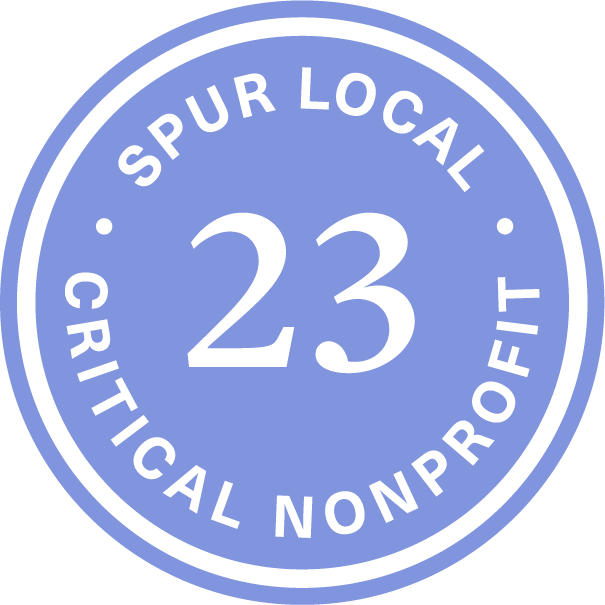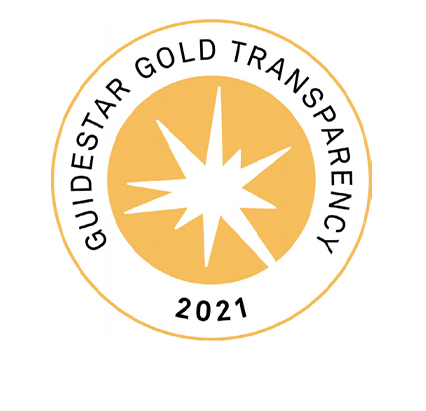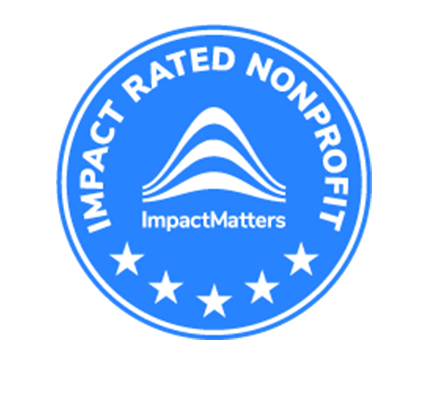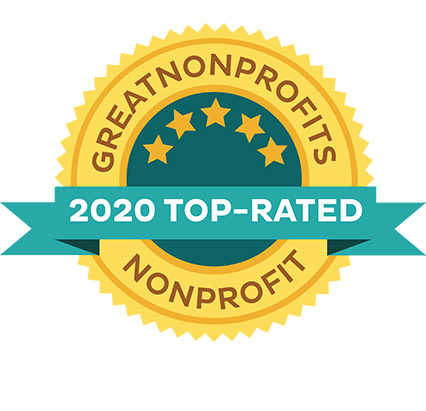And how domestic violence campaigners are leveraging new media to change the conversation
Note: This is a guest post by Ad 2 DC, it’s the second post in a new blog series by DASH called ‘Domestic Violence Matters’, which discusses current events and media coverage of domestic violence. We believe that empowering, provocative, and original media and storytelling must play a critical role in helping to overcome domestic violence in our society.
Chris Brown hitting Rihanna. Ray Rice’s infamous striking of his partner Janae, and the ensuing NFL cover-up controversy. In recent times, high-profile cases of domestic violence are dominating news headlines and generating passionate discussions on- and offline.
But does all of this media coverage actually help the cause of those seeking to end domestic violence? Is it helping us to get at the root causes of the problem, to educate the general population and acquire resources for our programs and services? Does the buzz and clickbait actually educate or drive for positive change? Unfortunately, we believe the answer is no, at least without more context and advocacy.
Luckily, advocates against domestic violence are creating innovative, compelling media that leverage current headlines and memes to further the domestic violence conversation in meaningful ways. As you check out DASH’s picks for the most powerful campaigns below, notice that they share some common best practices:
- Shock and surprise: The best domestic violence PSAs tend not to go the obvious route, choosing instead to lure in their audience by using a hook with mass appeal, such as a viral meme. This increases just how powerful and memorable the actual message is when revealed.
- Subtlety and understatement: Sometimes the loudest message can be communicated in a quiet way. Using silence or suspended interest leads, some of the best domestic violence PSAs leave the audience to fill in the gaps, encouraging them to be similarly proactive when applying the message to their own lives and societies.
- Innovative use of technology: While we might expect big name brands to wow us with new, tech-savvy advertising, certain social cause marketers have also shown their ability to utilize technology (facial recognition software, text donating) to get their message and calls to action to stand out. The British “Look At Me” campaign (number 3 below) is a prime example of a domestic violence organization whose campaign is at the cutting edge of advertising technology.
Below we highlight six of the most powerful and far reaching domestic violence viral ads of recent times, which we hope will continue to inspire and raise awareness about the pervasive issue of domestic violence.
1. “Black and Blue” Salvation Army dress meme (Salvation Army, South Africa)

The South African branch of the Salvation Army ingeniously leveraged the “What color is this dress?” meme to direct attention towards domestic violence survivors with this somber message. Using clever, concise copy (“Why is it so hard to see black and blue?”) and powerful imagery, the ad rapidly leveraged a broad-based meme and directed attention to the #StopAbuseAgainstWomen campaign.
Released on Twitter, the tweet drew over 17,000 retweets and worldwide coverage (HuffPo link) well beyond South Africa.
2.“Slap Her” video (Fanpage.it, Italy)
Released in January, this uplifting three minute video features several young Italian boys being asked to slap a girl. Each of them refuse, providing reasons such as “because I’m against violence,” and “because I’m a man.” The video–which combines sweetness and sentimentality–effectively contrasts the basic character of these boys against domestic violence in adult society. It ends with a powerful quote from a 6-year old: “In the kids’ world, women don’t get hit.”
As the Huffington Post noted, the video’s message is particularly important in Italy, “where the United Nations has reported domestic abuse is “the most pervasive form of violence,” and almost 32 percent of women between the ages of 16 and 70 experience some form of physical or sexual violence in their lifetimes.”
Produced by Italian video journalist Luva Lavarone for the news company fanpage.it, the video has been viewed more than 27 million times, garnering media coverage and discussion, as well as a response video from India that asks girls to slap a boy, demonstrating that domestic violence is not acceptable, regardless of gender.
3. “Look At Me” (Women’s Aid, United Kingdom)

Launched for International Women’s Day (March 8), this interactive billboard featuring a battered woman changes when bystanders look at the image, using facial recognition technology. As more people who look at the image, the woman’s injuries heal more rapidly, sending a powerful and technologically visceral message of the benefits of not ignoring domestic violence.
Women’s Aid from Ocean Outdoor on Vimeo.
In addition, the bottom of the billboard features a live stream of the crowd. Bystanders who look towards the ad will see their faces picked out of the crowd, further compelling audience engagement. Finally, using location marketing software, passersby automatically receive text messages that enable them to donate directly to Women’s Aid, a British domestic violence charity.
4. “One Photo a Day in the Worst Year Of My Life” (B92, Serbia)
Created by the B92 Fund, a Serbian radio and TV broadcaster, this shocking video leveraged the “One photo a day” trend, featuring a young woman who begins the year healthy and happy, before descending rapidly into increasingly severe states of abuse. The video ends with the woman holding up a sign stating: “Help me, I don’t know if I will survive until tomorrow,” highlighting the speed with which previously healthy relationships can turn abusive.
It was launched in response to alarming domestic violence statistics in Serbia, where 11 women and two children were killed in domestic violence incidents in the first two months of 2013. Launched in March 2013, the video has been viewed over 42 million times, after initially gaining global traction via reddit.
5. “Woman’s Reaction to England World Cup Knockout” (Tender Education and Arts, UK)
This subtle, surprising advertisement was released during the Football World Cup in June 2014. Featuring a woman nervously cheering England on, it lures audiences in by looking much like other World Cup-related advertisements. However, her expression changes after the team loses and it ends in silence with a powerful statistic: “Domestic violence rises 38% when England gets knocked out of the World Cup.” The ad’s timing in the lead-up to England’s elimination effectively pre-empted the specific factors that may trigger domestic violence incidents.
Released by Tender, a British charity that uses theater and the arts to engage young people in violence prevention, the video has been viewed more than 900,000 times on YouTube.
6. “No More” Superbowl Ad” (NFL, United States)
Following a number of high profile incidents, and widespread criticism for its longstanding neglect of domestic violence cases involving its players, the NFL responded with a PSA campaign featuring “No More.” During the Superbowl, it released this chilling PSA featuring an actual phone call in which a domestic violence survivor disguises her 911 call for help by pretending to order a pizza.
The call was based on an actual 911 dispatcher’s reddit post, and brings to light the difficulty domestic violence victims often face in asking for help. The ad has been viewed more than 7 million times on YouTube.
The “No More” campaign also launched another stark, powerful PSA featuring celebrity NFL players calling for an end to common phrases used to ignore or justify domestic violence:
—
Which of these campaigns did you find most powerful? Which message did you think was most relevant to its audience? Please leave a comment below. We’d love to hear your thoughts!













